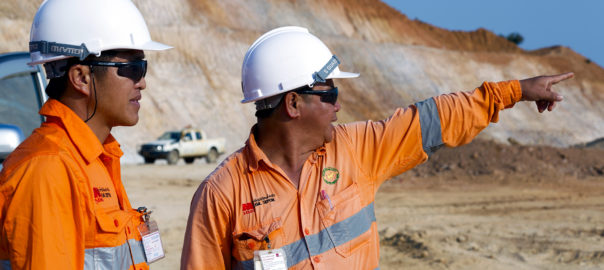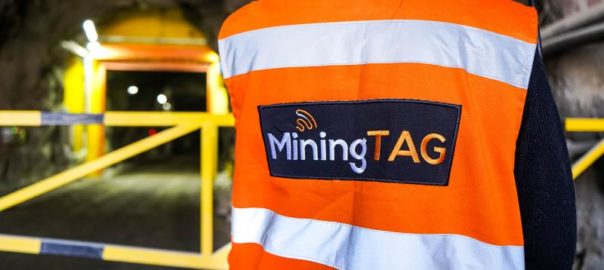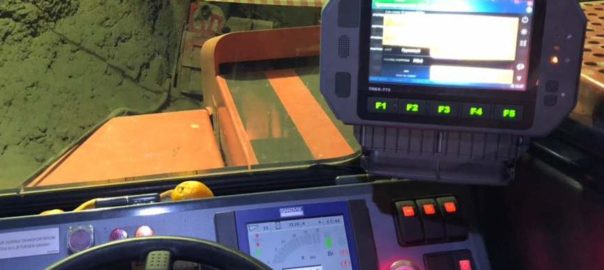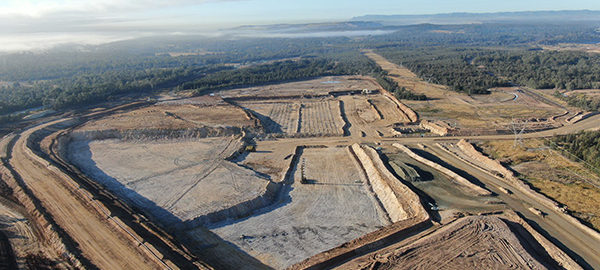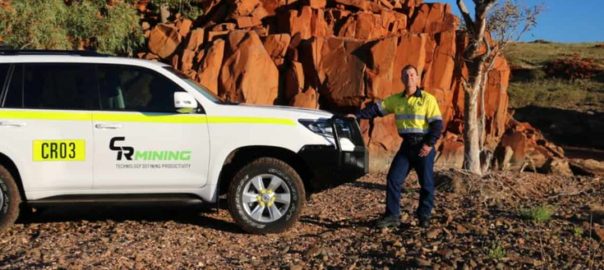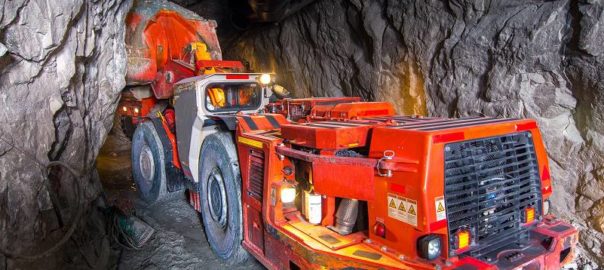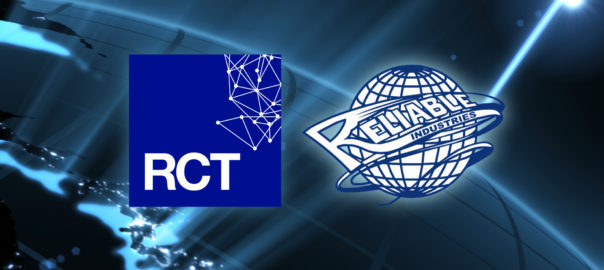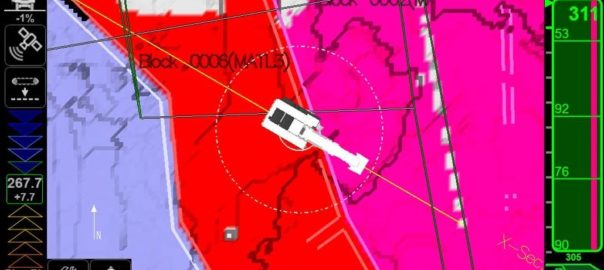Hexagon’s Mining division is set to deploy its HxGN MineOperate OP Pro in trucks, excavators and auxiliary equipment at the Sepon gold mine in southern Laos as part of a new fleet management project.
Sepon is an open-pit gold and copper mine located in Savannakhet Province in southern Laos. The mine is owned and operated by Lane Xang Minerals Limited, one of the largest gold producers in Laos.
Since operations commenced in 2003, Sepon has produced 1.2 Moz of gold doré and more than 1 Mt of copper cathode. In 2020, Sepon produced more than 39,730 t of copper and 64,809 oz of gold doré. The mine already uses Hexagon’s drill and blast solutions.
Commenting on the HxGN MineOperate OP Pro installation – to be completed by the end of the year – Shane Boak, Business Manager & General Manager Sales, Hexagon’s Mining division, said: “We look forward to continuing our partnership with Lane Xang as they enhance operations at Sepon mine. OP Pro helps mines maximise efficiency while improving safety, and we are excited to see Lane Xang implement our system across their fleet.”
Jimmy Yana, Senior Superintendent – Mining Operations Excellence and Contracts, Lane Xang Minerals Limited, said: “HxGN MineOperate OP Pro will be critical for LXML to optimise the use of our mining fleet. We are excited to start this new journey in Sepon and look forward to working with Hexagon to maximise the value from their solution in our operation.”







